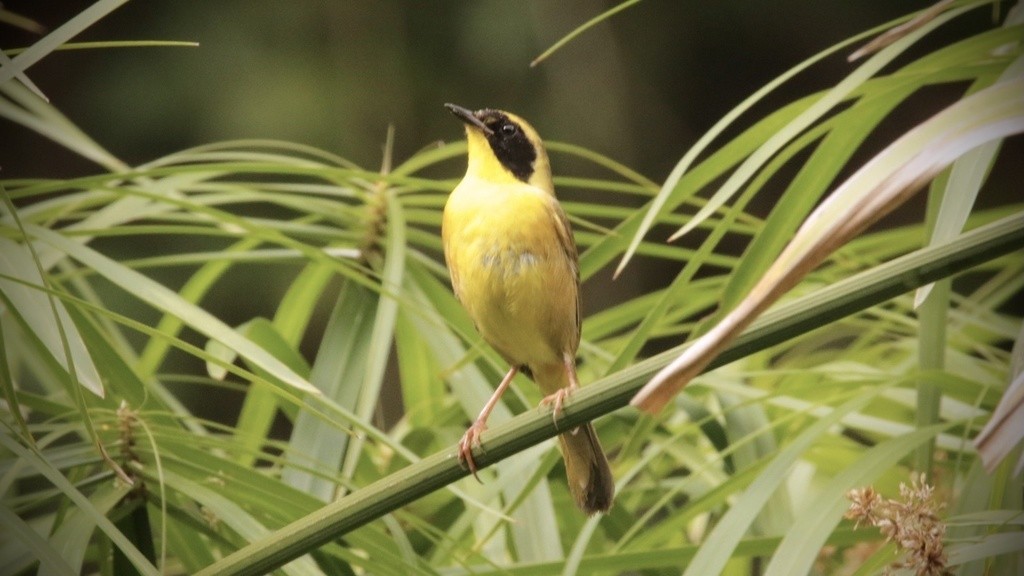Altamira Yellowthroat
A species of Yellowthroats Scientific name : Geothlypis flavovelata Genus : Yellowthroats
Altamira Yellowthroat, A species of Yellowthroats
Botanical name: Geothlypis flavovelata
Genus: Yellowthroats
Content
Description General Info
 Photo By Marco Zozaya , used under CC-BY-4.0 /Cropped and compressed from original
Photo By Marco Zozaya , used under CC-BY-4.0 /Cropped and compressed from original Description
The Altamira yellowthroat (Geothlypis flavovelata) is a New World warbler. It is a resident breeding bird endemic to the Gulf slope of northeastern Mexico. It is closely related to common yellowthroat, Belding's yellowthroat, and Bahama yellowthroat, with which it forms a superspecies. It has been considered conspecific with these species. The Altamira yellowthroat is 13 cm long and has a yellow-green back and bright yellow belly. The adult male has a black face mask and yellow crown. Females are similar, but lack the black mask and have an olive crown. This species is easily distinguished from wintering common yellowthroats by its uniform yellow underparts, in contrast to common's white belly. Males' yellow forehead bands are diagnostic. Vocalizations are very similar to those of common yellowthroat and are not readily distinguishable to the human ear. Altamira and common yellowthoats, however, do not respond to tapes of one another's songs. The species is resident in freshwater marshes (including canals and drainage ditches), especially those with cattails. Little is known of its breeding or feeding habits, but other yellowthroats build a cup nest low in vegetation and feed on insects, usually captured in dense vegetation, so it is likely that the Altamira yellowthroat does the same. There has been a decline in numbers of this localized bird due to loss of habitat. 
Size
13 cm
Nest Placement
Shrub
Feeding Habits
Altamira Yellowthroat primarily consumes insects and various invertebrates, foraging among low vegetation and wetland areas. This bird exhibits specialized feeding behaviors suited to its habitat and dietary needs.
Habitat
Altamira Yellowthroat typically inhabits freshwater marshes rich in reedbed vegetation. These birds are found in broad, dense reed zones surrounding ponds, lakes, and within wetlands. They can also be seen in smaller patches of reeds that line irrigation ditches and artificial water bodies. Altamira Yellowthroat favors these lush, vegetative environments across tropical and subtropical regions globally, often where water and dense vegetation provide necessary resources for feeding and nesting.
Dite type
Insectivorous
General Info
Feeding Habits
Bird food type
Scientific Classification
Phylum
Chordates Class
Birds Order
Perching birds Family
New world warblers Genus
Yellowthroats Species
Altamira Yellowthroat